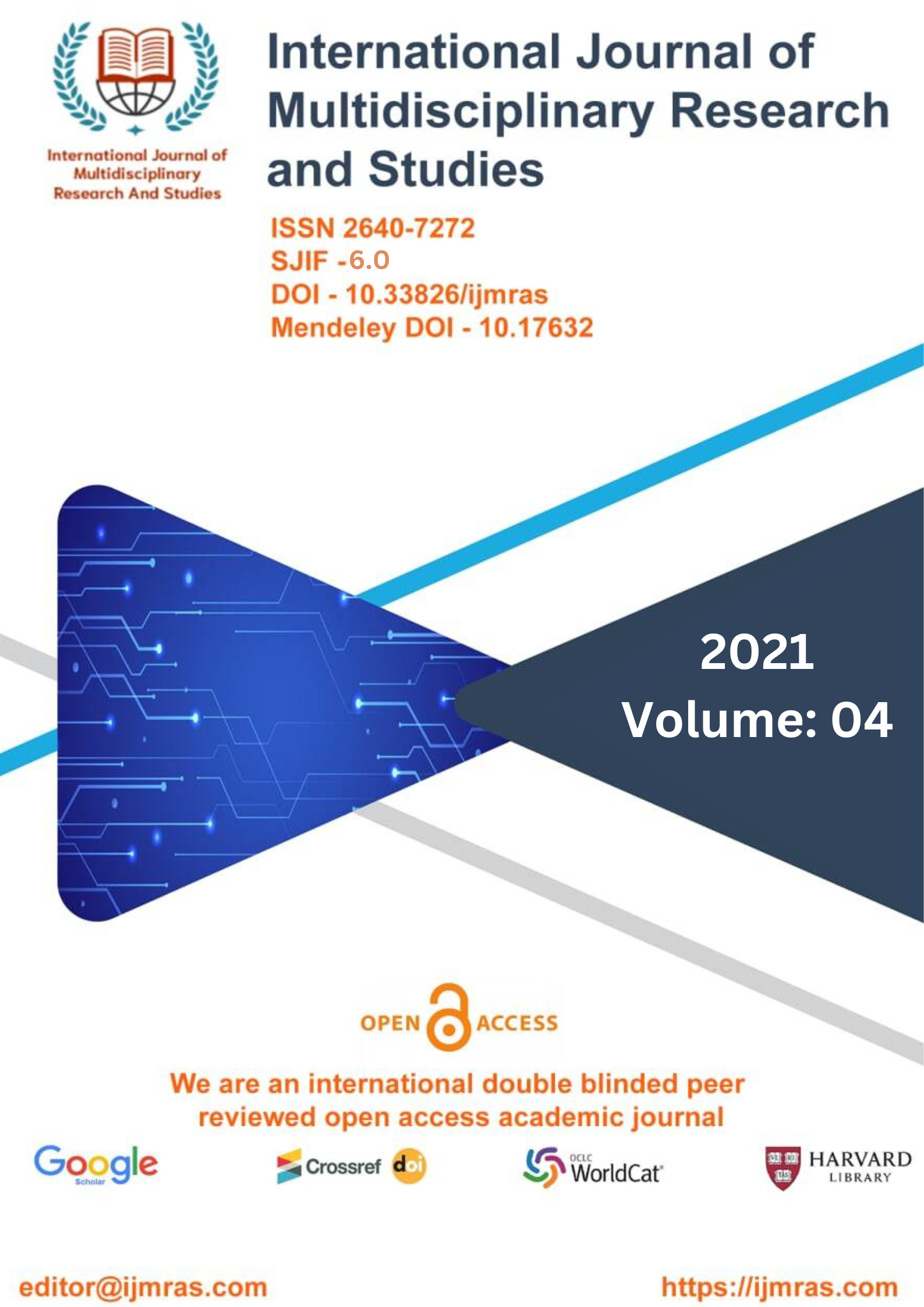STUDY ON RAMAYANA COMPARISON

Abstract
Epic poetry is a very old kind of literature, and it may even be one of the very oldest forms. Epics are lengthy narratives that recount the exploits of heroic figures and otherworldly characters, such as gods. The tale invariably describes the heroic achievements of powerful monarchs, assistance from the gods, intrigues, battles between competing philosophies and morality, and unbeatable soldiers and their exploits. Epics feature a large cast of characters, including divine deities or gods, convoluted plots with many subplots and incidents, rhetorical elements that appeal to the morals and morality of people of all generations, and inspiration for humanity. Epics also serve as a source of motivation for people everywhere.
Keywords
Ramayana, Literatur, Poetry, EpicHow to Cite
References
"Ramayana". Random House Webster's Unabridged Dictionary.
"Ramayana | Meaning of Ramayana by Lexico". Lexico Dictionaries | English. Archived from the original on 19 February 2020. Retrieved 19 February 2020.
The Rámáyan of Válmíki.
Pattanaik, Devdutt (8 August 2020). "Was Ram born in Ayodhya". mumbaimirror.
J. L. Brockington (1998). The Sanskrit Epics. BRILL. pp. 379–. ISBN 90-04-10260-4.
"Ramayana | Summary, Characters, & Facts". Encyclopedia Britannica. Retrieved 18 February 2020.
Malwa), Bhojarāja (King of (1924). Champu-Ramayana (in Sanskrit). Pandurang Jawali.
Mukherjee, P. (1981). The History of Medieval Vaishnavism in Orissa. Asian Educational Services. p. 74. ISBN 9788120602298. Retrieved 6 January 2017.
Living Thoughts of the Ramayana. Jaico Publishing House. 2002. ISBN 9788179920022. Retrieved 6 January 2017.
Debroy, Bibek (25 October 2017). The Valmiki Ramayana Volume 1. Penguin Random House India. p. xiv. ISBN 9789387326262 – via Google Books.
Political Violence in Ancient India, p. 502, Upinder Singh
Goldman 1984, p. 20–22.
Mukherjee Pandey, Jhimli (18 December 2015). "6th-century Ramayana found in Kolkata, stuns scholars". timesofindia.indiatimes.com. TNN. Retrieved 20 December 2015.
"The Cultural Heritage of India". The Religions. IV (The Ramakrishna Mission, Institute of Culture).
CANTO LXVII.: THE BREAKING OF THE BOW. sacredtexts.com. Retrieved 25 January 2016.
Cakrabartī, Bishṇupada (2006). The Penguin Companion to the Ramayana. Penguin Books. ISBN 978-0-14-310046-1.
SATTAR, ARSHIA (5 October 2019). Valmiki's Ramayana. HarperCollins India. ISBN 978-93-5357-258-7.
Rogers, J. M. (2008). The arts of Islam : treasures from the Nasser D. Khalili collection (Revised and expanded ed.). Abu Dhabi: Tourism Development & Investment Company (TDIC). pp. 272–3. OCLC 455121277.
Sattar, Arshia. "Why the Uttara Kanda changes the way the Ramayana should be read". Scroll.in.
Dakshinamurthy, A (July 2015). "Akananuru: Neytal – Poem 70". Akananuru. Retrieved 22 July 2019.
Hart, George L; Heifetz, Hank (1999). The four hundred songs of war and wisdom : an anthology of poems from classical Tamil : the Puṟanāṉūṟu. Columbia University Press. ISBN 9780231115629.
Pandian, Pichai Pillai (1931). Cattanar'sManimekalai. Madras: Saiva Siddhanta Works. Retrieved 30 July 2019.
Aiyangar, Rao Bahadur Krishnaswami (1927). Manimekhalai In Its Historical Setting. London: Luzac& Co. Retrieved 30 July 2019.
License
Copyright (c) 2021 Shyam sundar Prasad

This work is licensed under a Creative Commons Attribution 4.0 International License.
Individual articles are published Open Access under the Creative Commons Licence: CC-BY 4.0.




